Creating a Trophy Bass and Muskie Fishery in WV, Part 3
October 11th, 2013
Blog Series, Part 3: Habitat Completion, Fish Feeder Installation and Continued Lake DesignWritten by Industry Experts Aaron Cushing and David Beasley, Fisheries Biologists
We recently began working on another fun and exciting project, this time in southern West Virginia, helping to design a trophy fishery from start to finish. To take advantage of this and other unique opportunities we decided to share the story, showing each step in creating a healthy pond with a trophy fishery.
In Part 1, our Fisheries Biologists focused on resetting and redesigning the lake, through electrofishing and heavy construction.
In Part 2, we drained the lakes, removed the fish, started installing habitat and continued construction of the lake.
PART 3: Following the draining of all the ponds, the physical characteristics and bathymetry of the new lake were shaped to favor the new trophy fishery, and more steps were taken to prepare and improve the 15 acre water body. The new expanded portions of the lake will be shallower, providing areas preferred by largemouth bass and tiger muskie (a sterile cross between northern pike and muskellunge), with several deeper open areas favored by the hybrid striped bass.
Once the deep-water man-made fish attractors were in place, installation started on some of the shallow dense units around the water’s edge. Balancing the proper large and dense habitat required by the fish species within the water body is critical to balancing the populations of predators and prey. Without the proper habitat, fish populations have difficulty maintaining a balanced predator-to-prey ratio and fish growth is often poor.
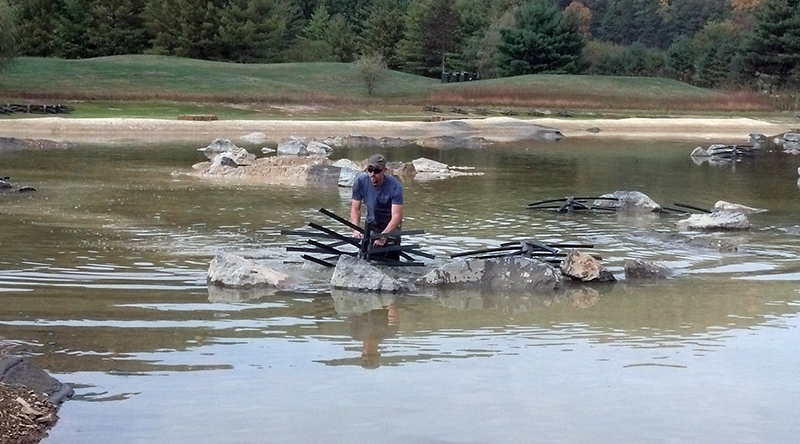
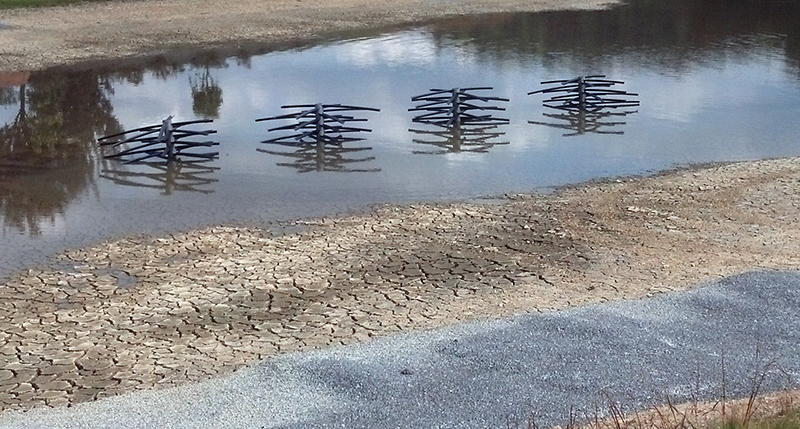
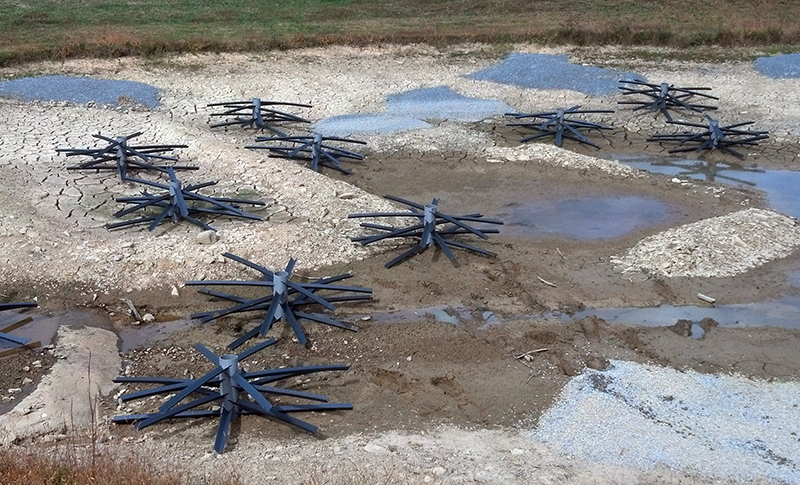
Next, the remaining shallow-water fish structure was installed and placed in dense groups, creating a safe haven for forage fish. Several gravel spawning beds were then created around the entire shoreline designed for bluegill reproduction. These spawning areas are critical as young bluegill will be the main forage fish for largemouth bass and tiger muskie in the completed lake.
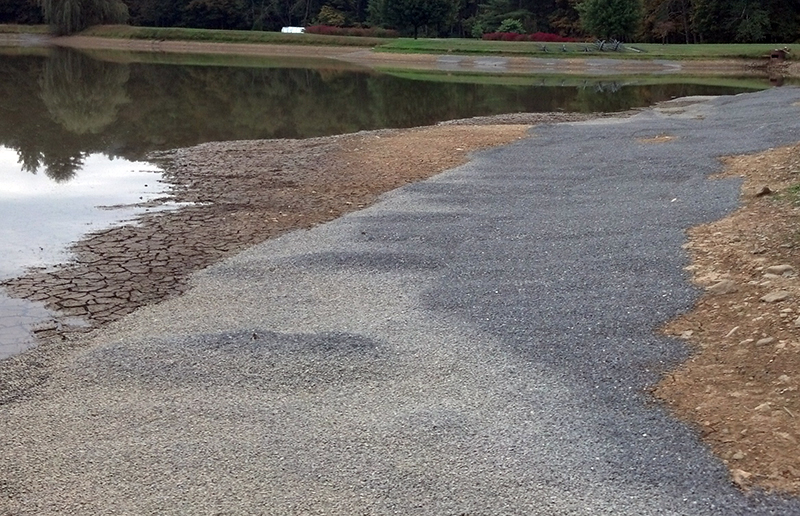
Before the new lake was to begin filling, several directional fish feeders were assembled and installed around the perimeter. Using automatic feeders filled with pellet feed is an ideal method to feed many species of forage fish such as bluegill, golden shiners, and fathead minnows.
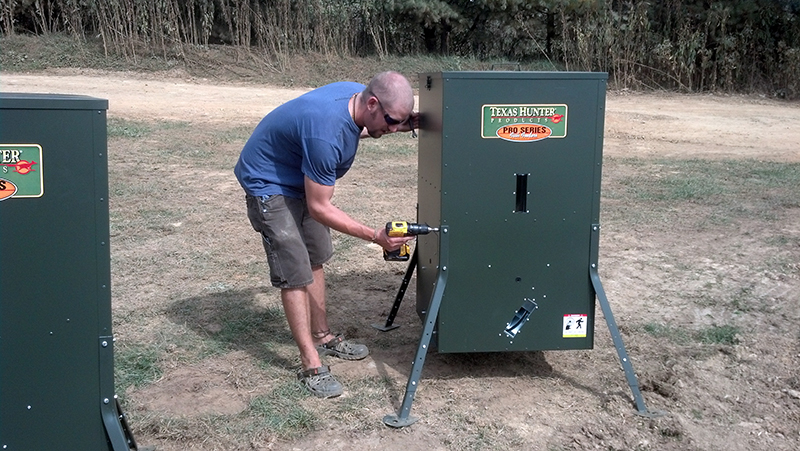
With the lake construction nearing completion and the predator species removed and eradicated, the lake is now set for our next and final step, forage fish stocking! Stay tuned in the coming weeks.
Learn more about SOLitude Lake Management’s fisheries biologists, David Beasley, Aaron Cushing and Jeremy Haley as they take us on incredible journeys of creating trophy fisheries for our clients throughout the Eastern United States.
Contact the experts at 888-480-5253 for all of your lake, pond and fisheries management needs.
Since 1998, SOLitude Lake Management has been committed to providing full service lake and pond management services that improve water quality, preserve natural resources, and reduce our environmental footprint. Services are available throughout the Eastern United States. Fisheries management consulting and aquatic products are available nationwide. Learn more about SOLitude Lake Management and purchase products at www.solitudelakemanagement.com.










